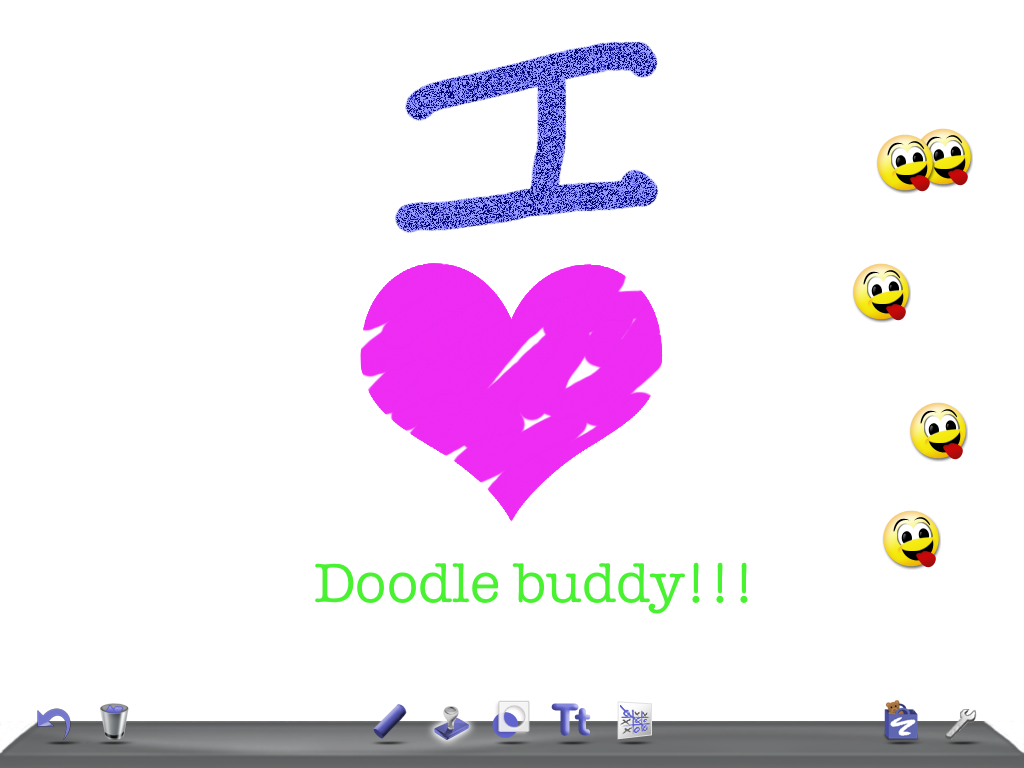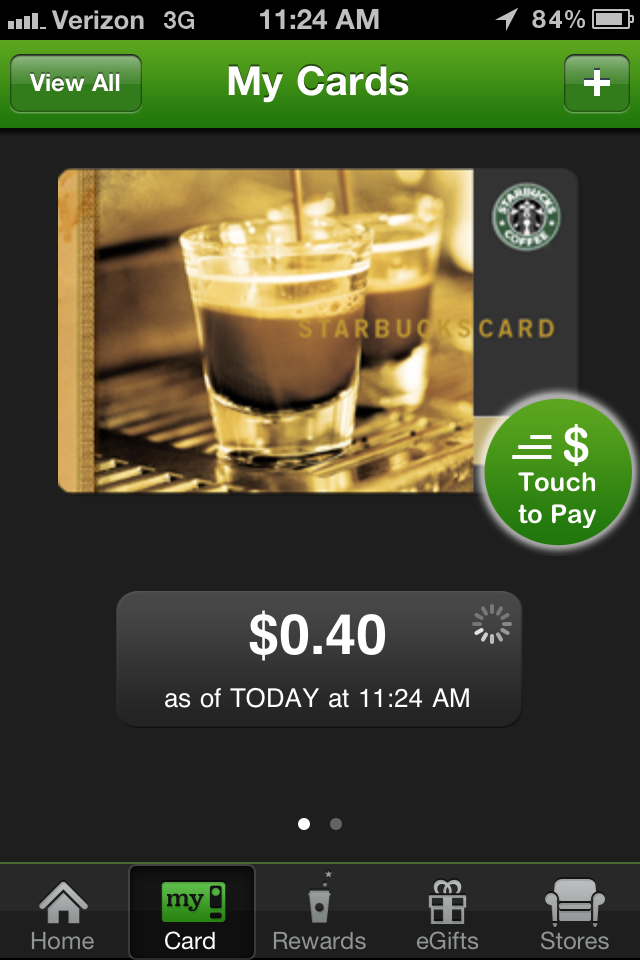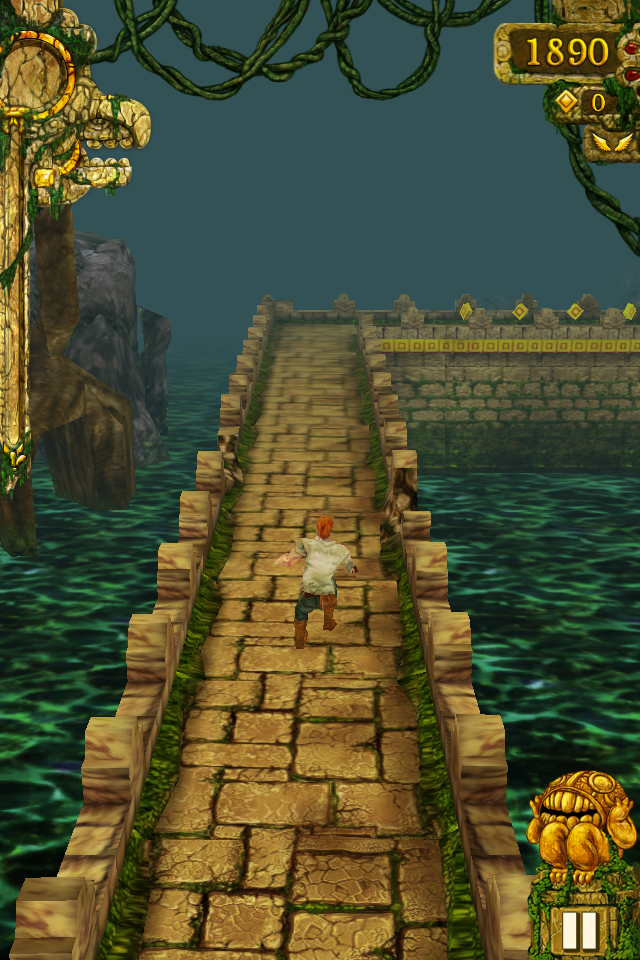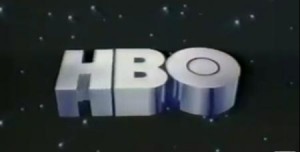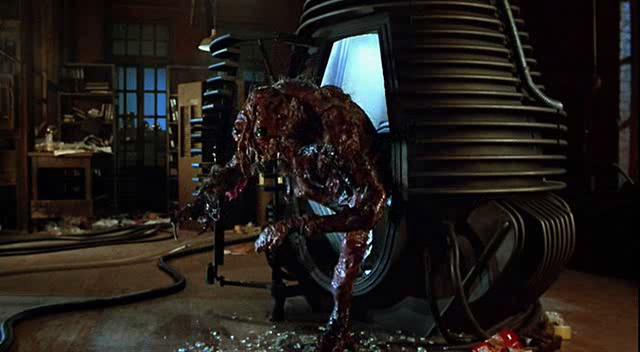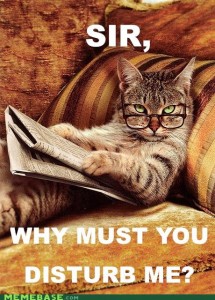 I don’t need to write much “backstory” on this one. Thanks to the technologies that pervade our lives, we are in a hyper-connected world. But methinks it’s too much, and the blame lies solely on us, but all of us and in two different ways.
I don’t need to write much “backstory” on this one. Thanks to the technologies that pervade our lives, we are in a hyper-connected world. But methinks it’s too much, and the blame lies solely on us, but all of us and in two different ways.
- We let ourselves get interrupted. Multitasking is basically a lie, nobody’s good at it, and it’s proven unproductive. If you have multiple windows doing different things, bottom line is you are getting less done. Further, we leave our ringers on, have pop-up alerts for lots of things (from meeting notifications to Twitter DMs), leave our chat/IM programs open, have email checking once a minute, etc.
- We interrupt others. Sending a chat request, a text message, a DM, etc is, in effect, an interruption on someone else’s time. I loved Jeff Jarvis’ post on how we need to redefine “rude”. The problem right now is, we’ve all accepted so many interruptions as “the norm” that we are imposing it upon others, and expecting them to react to our whims.
We need to fix this, and soon. And I don’t mean for the “decreased productivity” factor – Americans especially have gotten far too focused on how productive we all are. Here was Bobby Kennedy’s famous quote on measuring productivity:
“Too much and too long, we seem to have surrendered community excellence and community values in the mere accumulation of material things. Our gross national product … if we should judge America by that – counts air pollution and cigarette advertising, and ambulances to clear our highways of carnage. It counts special locks for our doors and the jails for those who break them. It counts the destruction of our redwoods and the loss of our natural wonder in chaotic sprawl. It counts napalm and the cost of a nuclear warhead, and armored cars for police who fight riots in our streets. It counts Whitman’s rifle and Speck’s knife, and the television programs which glorify violence in order to sell toys to our children.
“Yet the gross national product does not allow for the health of our children, the quality of their education, or the joy of their play. It does not include the beauty of our poetry or the strength of our marriages; the intelligence of our public debate or the integrity of our public officials. It measures neither our wit nor our courage; neither our wisdom nor our learning; neither our compassion nor our devotion to our country; it measures everything, in short, except that which makes life worthwhile. And it tells us everything about America except why we are proud that we are Americans.”
I think we’ve all tolerated these interruptions because we are chasing these false ambitions, and perverting the concept of productive to “work all the time, letting anything interrupt me, because it makes me seem/feel busier and therefore more important and more productive.” I suggest we stop it. And, since I’m human too, I’m going to state that I am fairly guilty myself, but I’m working on it.
I want a “do not disturb” app. I want it to run on my desktop, iPad, iPhone, and laptop. I want it to let me control when I’m interruptible and when I’m not. I want it to work in a “polite” way, so nobody thinks I’m avoiding “them” but can be properly informed that I’m using this block of time to work on something specific. I want it to let someone override in case of emergency, and I want it to mesh with my schedule. I don’t need it to be very “smart”, it doesn’t have to “learn”, it just has to work. And yes, I know it’s impossible, and this is unicorn territory.
But what I can do in the meantime…
- Shut down Tweetdeck and start using Twitter when I want to, not worrying that I’ll “miss something” because in all truth, real-time is irrelevant for 99% of our personal and professional lives (unless you are actually in the media).
- Turn off all notifications on my iPhone.
- Close Skype and Adium except for when I want to chat with someone (which I’ve hopefully scheduled already).
- Close mail, only checking it a few times a day – and move all “rapid back & forth” email conversations to the phone.
I have no idea how to do the above 4 things and actually make it work, but I’m going to try.
ps – my official interruption count while writing this was: 3 incoming texts, 1 twitter DM, 1 Skype instant message, 1 appointment reminder, and a Words With Friends update (I won – yeah, baby!).







